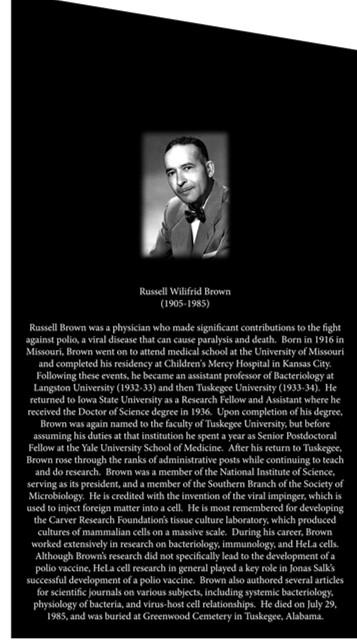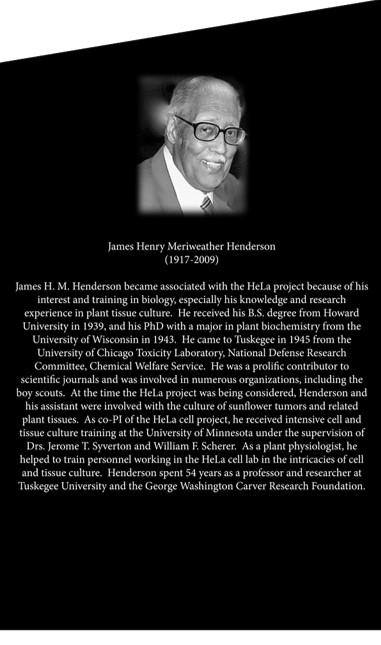Tuskegee HeLa Cell Recognition Project
The history at Tuskegee Institute in the treatment of polio patients and research is absolutely amazing.
The purpose of The Tuskegee Institute HeLa Cell Recognition Project is to recognize the individuals involved and the research conducted at Tuskegee Institute regarding the HeLa research.
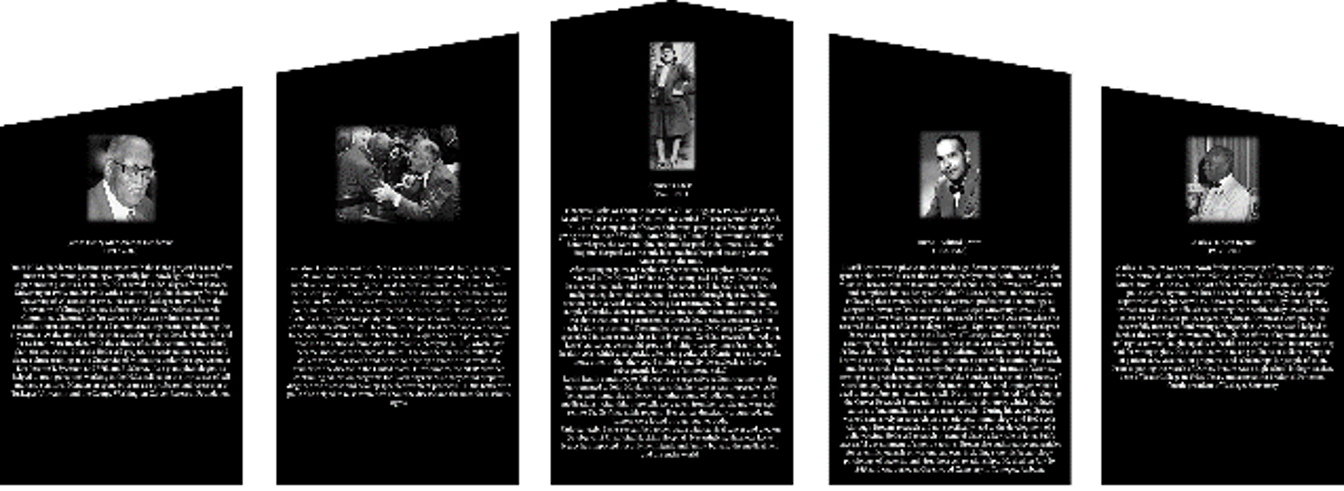

How You Can Get Involved
Call (334)791-8921 to Donate Or Contact Us [email protected]
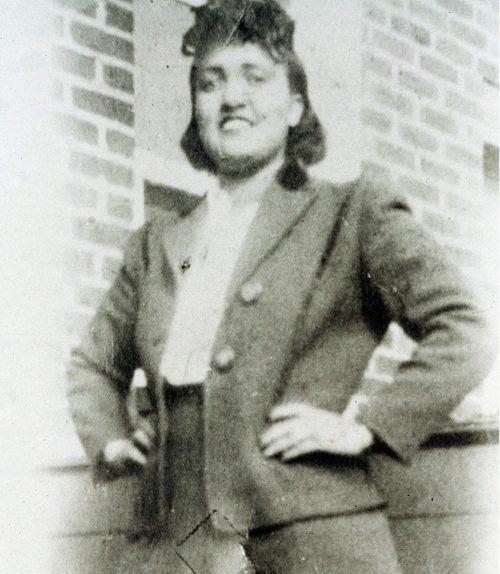
Henrietta Lacks
Tuskegee Institute

HeLa Cell Recognition Monument
The Vision
While polio patients from across the Southeast were being ushered through essential treatment and rehabilitation programs at the Tuskegee Infantile Paralysis Center, across campus Tuskegee scientists were conducting outstanding research in the Carver Research Foundation building. This building, partially constructed from the life savings of Dr. Carver, was also home to the labs of two of Tuskegee’s premier scientists, Drs. Russell Brown and James Henderson. Few, including these two scientists, had the premonition that this building would be transformed into a state-of-the-art cell culture factory to cultivate and distribute the cells that would be instrumental in the evaluation of the polio vaccine.
Selection of Tuskegee University as a cell culture factory site
One may ask: what were the probable circumstances that led to the selection of Tuskegee University as the site for a HeLa Project? Since the NFIP desired that the HeLa cell project would conform to established cell culture protocols, its powers-to-be felt that such standards could be best achieved on university campuses, where the personnel would be knowledgeable and experienced in research. Because of the outstanding research conducted by Drs. Brown and Henderson in cell biology, Tuskegee University fit the criteria set by the NFIP. It probably did not hurt Tuskegee’s chances of landing a HeLa Project site that Dr. H.M. Weaver, Director of Research for the NFIP, was well acquainted with the ongoing work taking place in Tuskegee’s Carver Research Foundation. In addition, for many years, Mr. Basil O’Connor, Founder and Chief Administrator of the NFIP, was Chairman of the Board of Trustees of Tuskegee University. O’Connor’s regular presence on Tuskegee’s campus acquainted him personally with the school’s exceptional faculty and research facilities.4,5 Still others believe that Mr. Charles Bynum, the Director of “Negro Activities” at the NFIP was the main reason that Tuskegee was selected as a HeLa Project site. It is believed that Bynum, the first Black foundation executive in the United States, preferred Tuskegee because it would provide much-needed funding for jobs and training of Carver Research Foundation fellows and scientists, as well as funding of other research being conducted.4 Needless to say that all of these factors contributed in part to O’Connor’s selection of, and confidence in Tuskegee to do an exceptional job on the HeLa Project. CLICK HERE FOR MORE
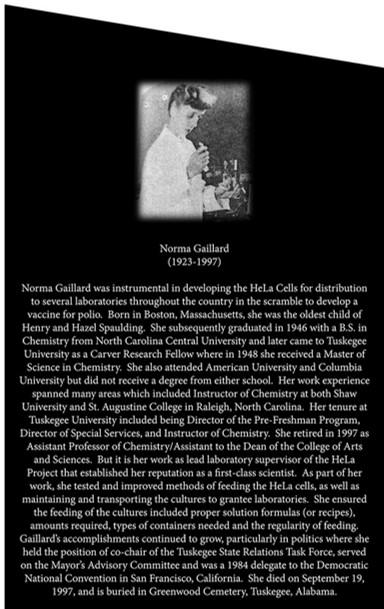
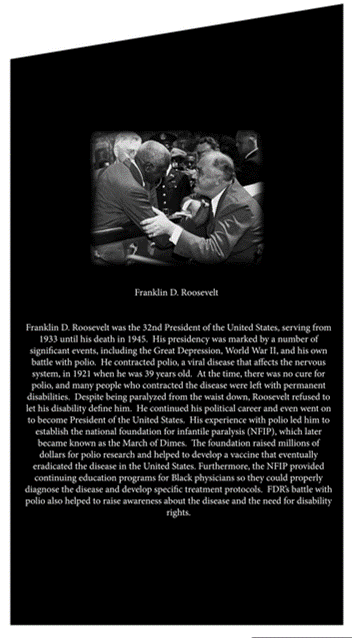
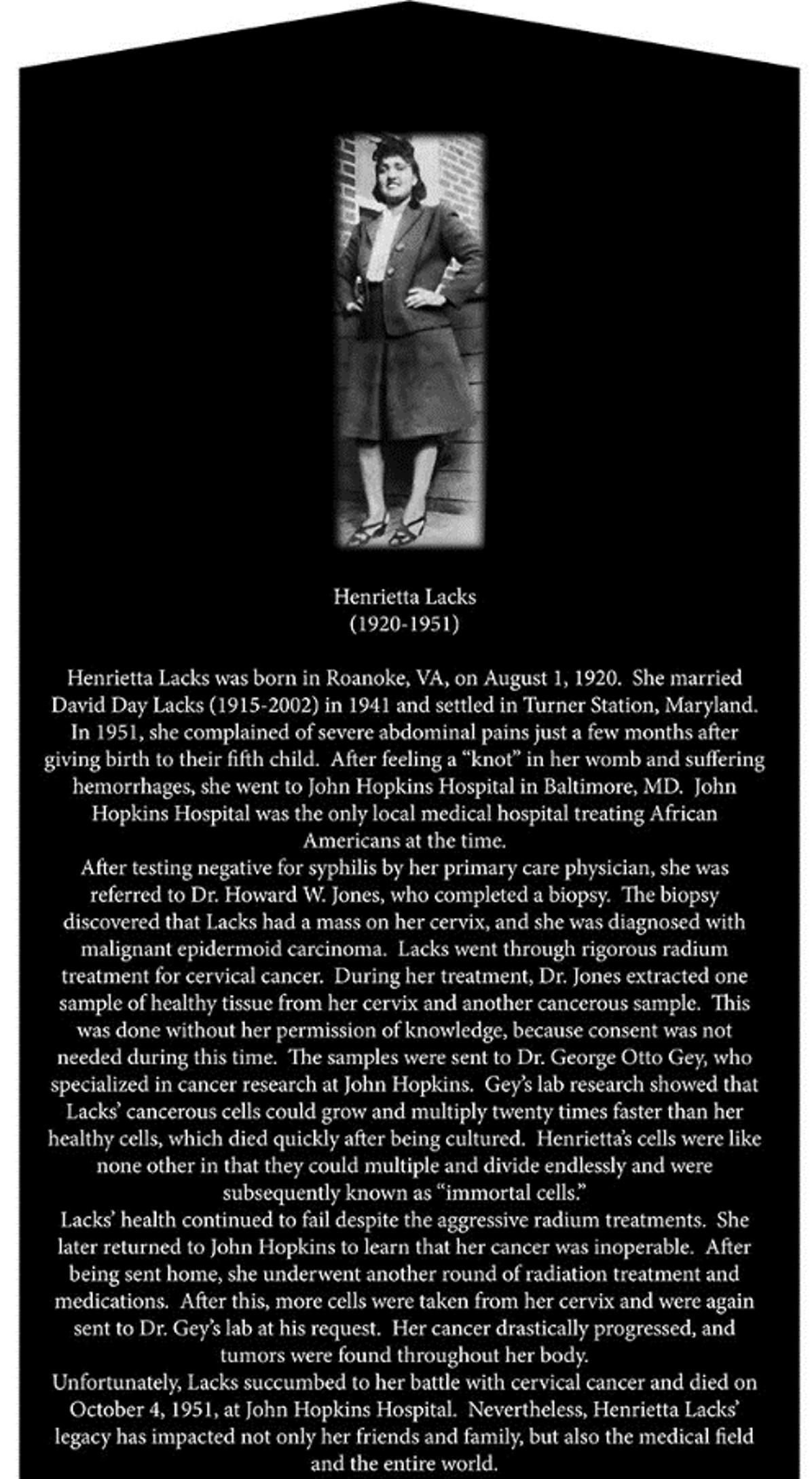
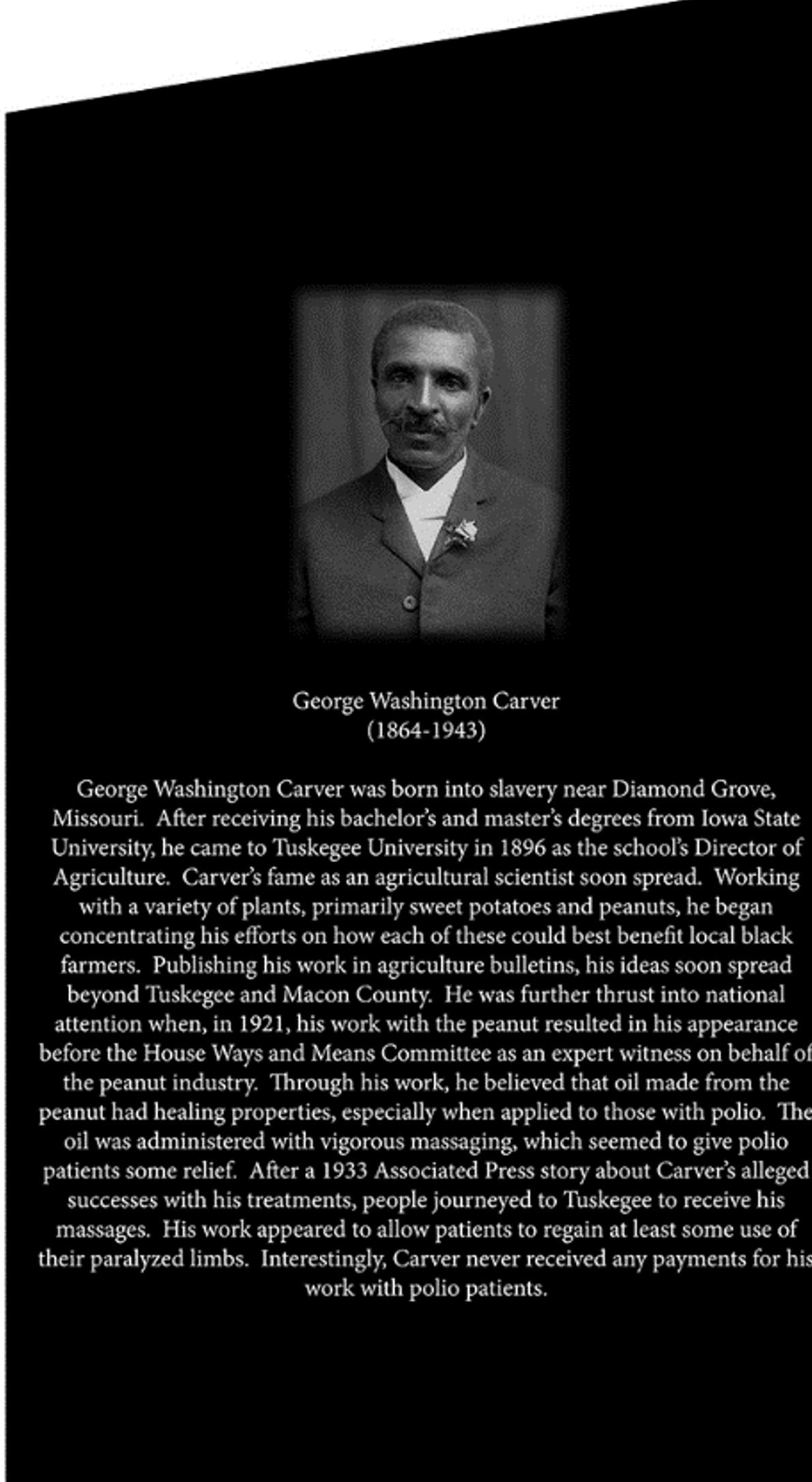
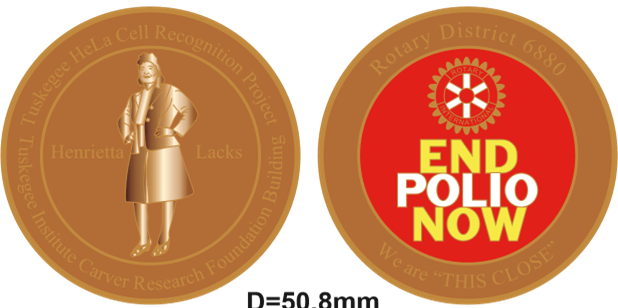
Recognizing the important work conducted at Tuskegee Institute in the search for a polio vacinne
 Tuskegee HeLa Cell Recognition Project Challenge Coin
Tuskegee HeLa Cell Recognition Project Challenge Coin
News & Updates

Get in Touch. Get Involved.
Their is so much more to learn about the history of the HeLa Cell and how the many important figures at Tuskegee Institute played a major role in the research to find a cure for the Polio vacinne.

